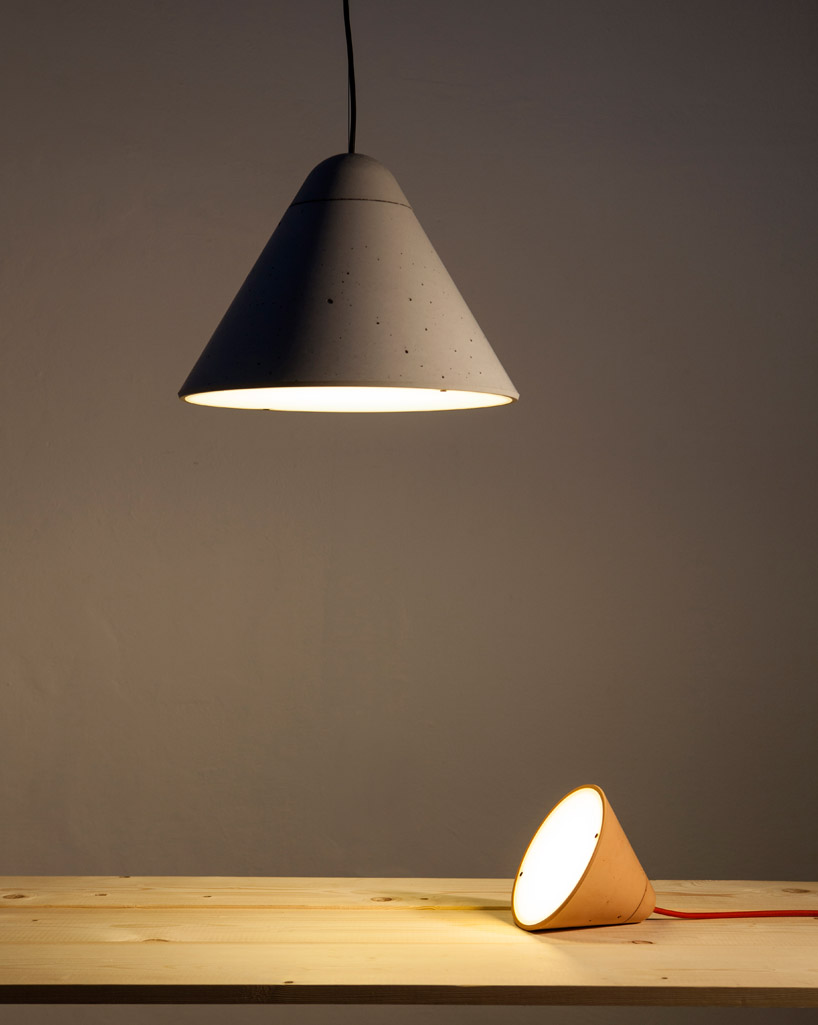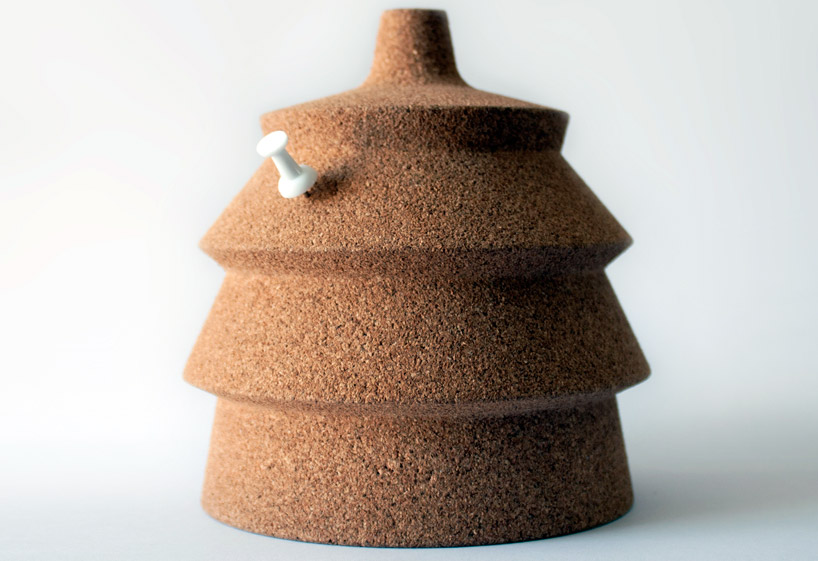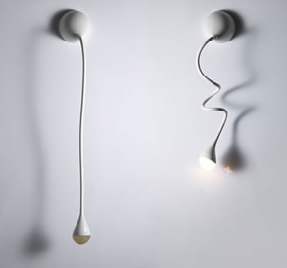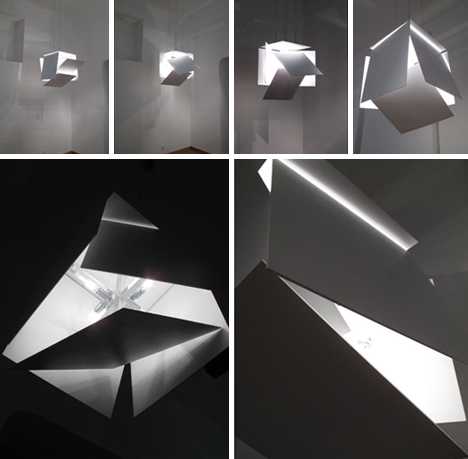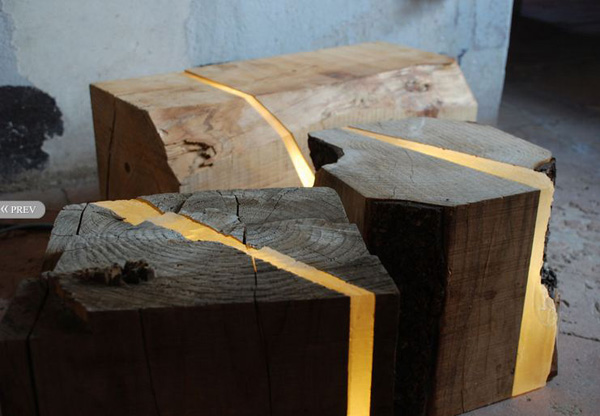As for the second bulbs for the smaller shades, I decided to go for a smaller variant on the same design. Applying the appropriate voltage and with normal use, LED bulbs can last well in excess of 10 years. The large bulb has 24 (!) LEDs, while the smaller MR11's have only 12. Very appropriate for what I want to use them for. If I really wanted to, I guess I could also dim them if that were necessary, but I'll see about that when I'm nearer completion.
So, first thoughts were very much on "how big can I make it?". So, to figure that one out, I decided to get the muscle wire first. I ended up deciding on wire that could pull almost a kilogram when it contracted. That should be more than strong enough for what I have in mind. Then, in response to getting more data, I then decided to go for Beech for the wood for my shades, as beech is hard and strong, turns very nicely, and then it also isn't overly heavy for a hardwood.
With these things in mind, I then went out and got my wood. I was able to get one plank that was about 50mm by 100mm, since I then realised I would have to glue the two halves together. This would give me 100mm by 100mm to work with in terms of size. But I'm not too worried about size since I know I'm definitely going to go smaller than that.
Knowing the forms I wanted to make, I then was able to start getting my plans underway in Solidworks. I began with the larger shade, and planned out my measurements. I didn't want something that was too much longer than 10cm, while I didn't want it to be wider than 9cm. Knowing this, as well as the dimensions of the larger bulb that I wanted to occupy the internals of the shade, I was able to create a workable form.
Applying this same technique to the smaller shade allowed me to have a shade that felt like the child of the larger one. I made sure I kept a cohesive aesthetic between the two of them, ensuring that they would work as one whole.
This is the setup that I started with. Fortunately, aside from the immediate wood loss from lathing, I wouldn't be "wasting" any of my wood, as I was told by the workshop technician that when I wanted to work on the other side of the plank I could just spin it around and mount it onto a scrap piece of wood, effectively reducing the wastage to zero.
I started out by facing off the piece, followed by drilling the main central hole. After than I used a wide flat drill to remove more of the wood, in keeping with the curve that I desired on the inside of the form. The idea for this is to make sure that i can fully form both sides by then reversing the wood in the lathe and having it rest on a piece of scrap wood.
Once I had done the internal structure, I then went on and did the external structure up to the haft of the chuck. Once I had that section done, I was able to reverse the piece and then fit it onto a piece of scrap wood and do the other half of the form.
This allowed me to achieve the form that I wanted for this small shade. Doing the larger shade posed the same issues, while at the same time became much more difficult. Having one extra side on the form meant that I had to take an extra two steps to get it done. On the bright side though, I've now learnt (according to the technicians) everything there is to know about using the wood lathe, so anything feasible I could possibly want to do on the lathe is within the realms of my knowledge to achieve.











